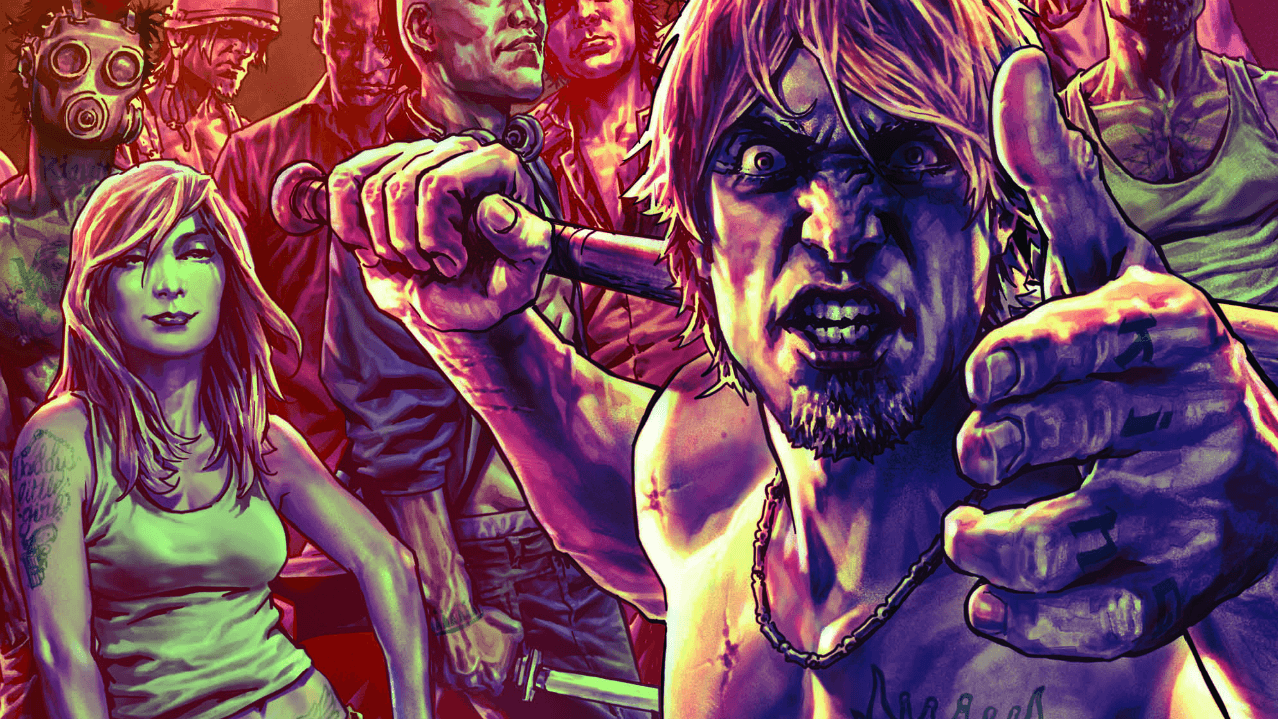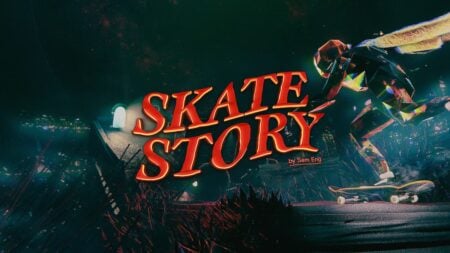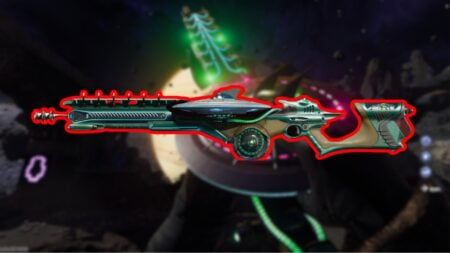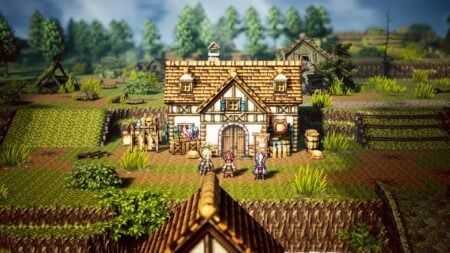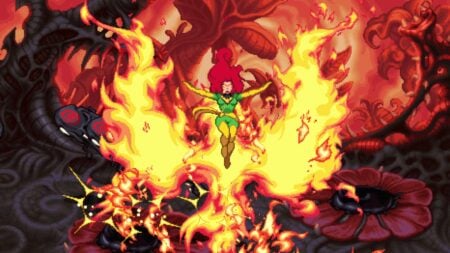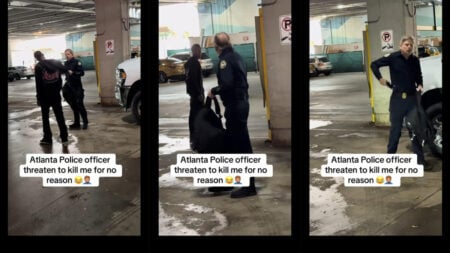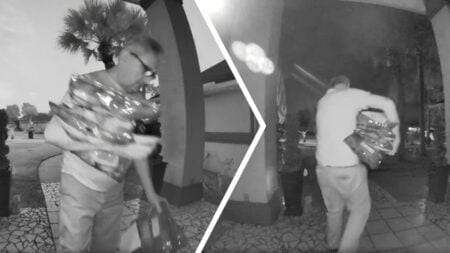Title – Suiciders: Kings of HELL.A. #1
Written by – Lee Bermejo
Art by – Alessandro Vitti, Jordan Boyd, Matt Hollingsworth and Jared K. Fletcher
Published by – Vertigo
Release Date – March 30, 2016
In a different take on the world of New Angeles after the Great Quake, Suiciders: Kings of HELL.A. shows the two lives of Trix and her brother Johnny. Alessandro Vitti’s art style strikingly depicts their crumbling world and gives the comic some real depth. Rather than focusing on the dark combat games of the first Suiciders series, Lee Bermejo has turned reader’s attention to another side of broken New Angeles – the gangs that roam the streets. Trix and Johnny are part of one of these gangs, the “Kings of HELL.A.” And if this first issue alone is any sort of precedent for what is to come, then this dark apocalyptic story will only continue to get darker and more violent.
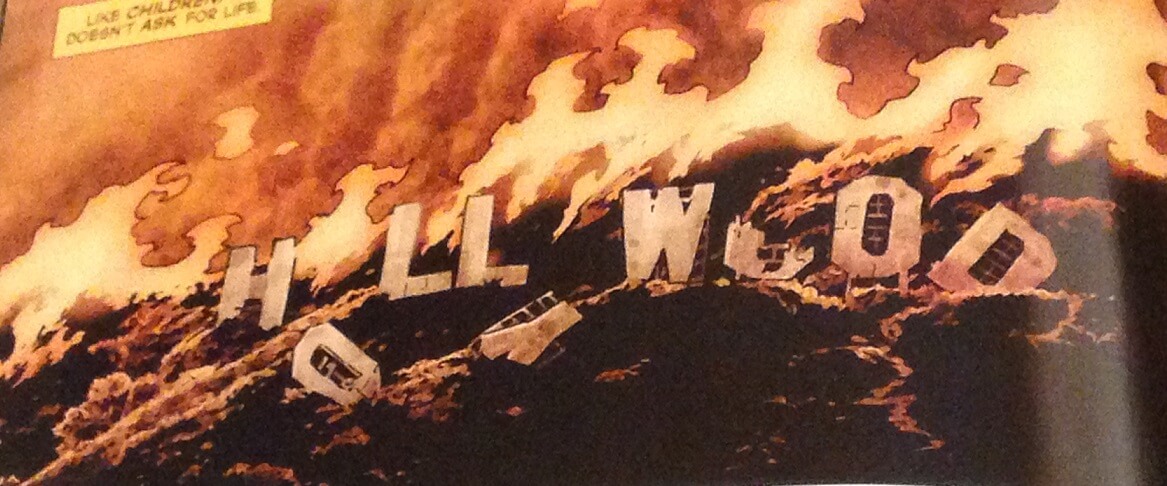
The comic begins with some small amount of prologue, with Trix telling the story of how she was born during the fallout from the Great Quake. Trix and Johnny have some moments within the issue in which they are easier to empathize with, and these usually come through their displayed memories. While it can be difficult to identify with their world and what they do in the Kings of HELL.A., understanding how they reached this point in their lives and seeing these small moments of humanity make them more compelling characters.
Much of Suiciders: Kings of HELL.A. #1 focuses on this introduction to Trix and Johnny, and has some shock factor about its strategy. After telling some about the siblings’ past, the first issue then begins to tell a few different stories, giving hints as to what may come for Trix, Johnny, and a mysterious pawn shop owner called “The Coyote.” For Trix, Vitti and Bermejo give subtle, interesting moments to show her vulnerability. One comes as her brother leaves with his gang members. Trix clutches her stomach and looks pained. Later on, during a fight with a rival gang, small square insets show more clarification as to her situation, flashing in between the fight like it is happening at that moment. This technique has a particularly powerful effect, one that made this scene my favorite from the first issue.
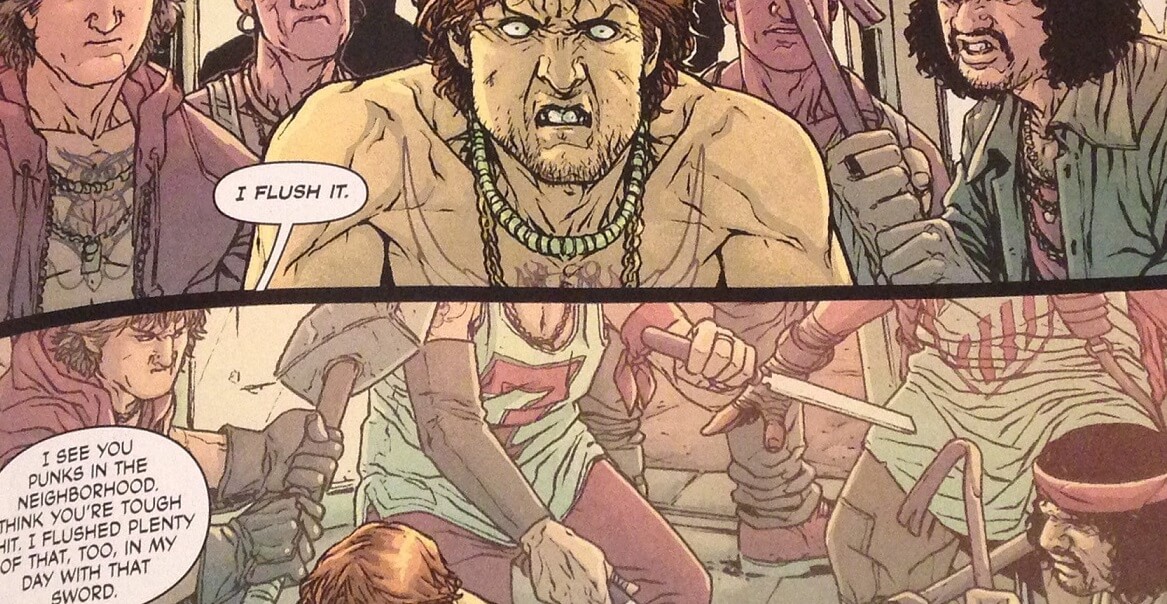
As for Johnny, while he appears to be a leader in his gang, it doesn’t show that responsibility weighing on him much. He persuades his friends and fellow gang members to join him in looting a pawn shop, as Johnny is after the most valuable item the shop owner has. Johnny seems to be mostly fueled by rage, as illustrated by his vibrant facial expressions. This aspect of him most poignantly shows during the panels right before the big fight. As Johnny turns and anger swallows all other emotions, we see juxtaposed panels of him as a young child, during a scene in which his father was murdered right in front of him. Johnny’s angry face is compared to that of him as a kid, tears streaming down his face. Then, as he and his gang leap through the broken pawn shop window, a small inset shows young Johnny leaping over a car with his skateboard raised as a weapon. The way that the images compare and explain how Johnny was influenced by past events is very impactful.
“The Coyote” also appears as a standout character in Suiciders: Kings of HELL.A. #1. While he is not given as much attention as the two main characters, enough information is shown to make him memorable. The first time we see him, he is calling an estranged wife, trying to speak with his kid. Thus, the writer shows his vulnerable side first, then shows how he is also fueled by a rage similar to Johnny’s. While he refuses to give Johnny his most priceless weapon, he does fight alongside the Kings of HELL.A. in their gang, even if it is just out of his own overwhelming anger. Since his storyline does not appear finished, I am sure we can look forward to him being a part of the next few issues.
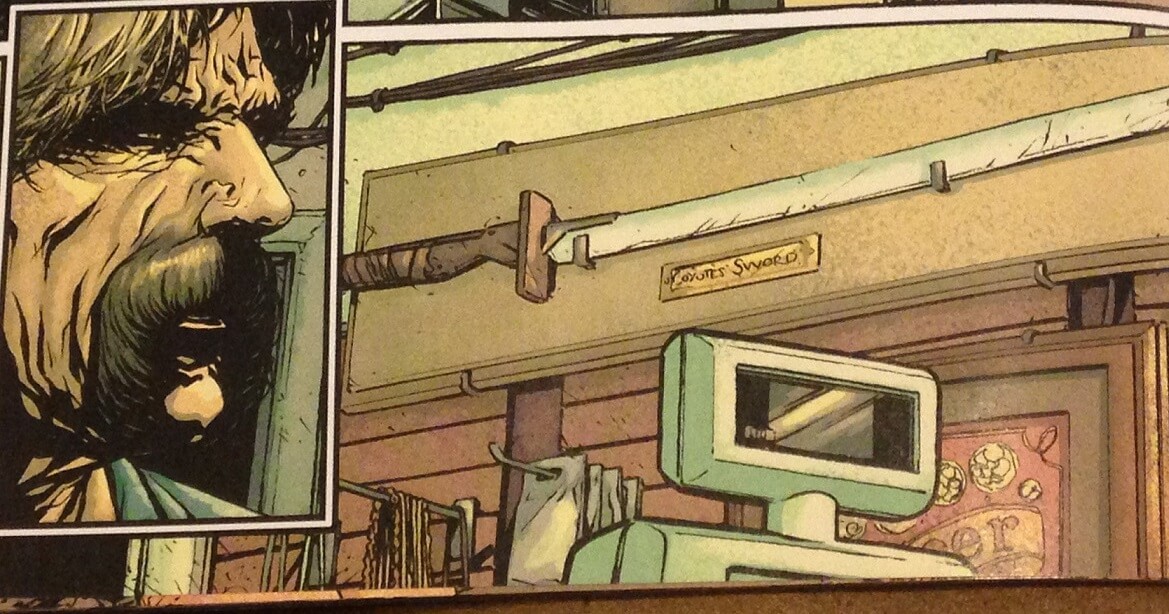
Overall, this first issue was an interesting read. It is for mature readers, as several of the panels are quite graphic. Bermejo and Vitti weave a compelling tale, especially in their depiction of the characters’ backstories. The imagery used in the beginning, and during the fighting at the end, is some of the best, as it really does a great job of providing a dark feel to the comic without explaining too much. It becomes easy to see how Trix and Johnny became the hardened people they are 15 years after the Great Quake. Suiciders: Kings of HELL.A. is certainly a comic I will be following from now on.
[review]

